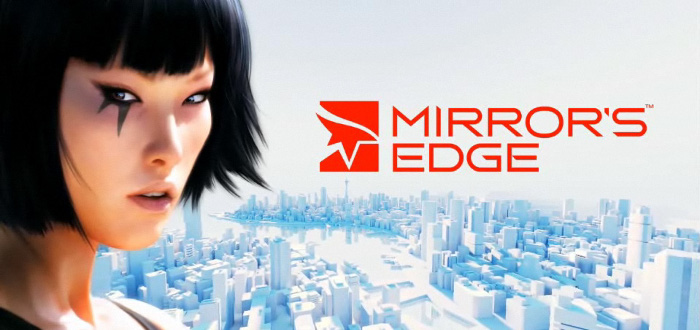
Some games will always be underrated. Some will never quite get the recognition they deserve. Mirror’s Edge is one of those games. Despite a sequel coming later this year, the first Mirror’s Edge and its relative cult status within video games isn’t likely to change. Too much has come and gone since its 2008 release and moreover, too much of Mirror’s Edge‘s design is still at odds with what many may expect from an action game. Your abilities are specifically tailored to avoiding conflict: your speed and finesse is for solving sprawling puzzles as you traverse the city by wall, roof and concrete, dodging bullets and combat at every opportunity. Your role is as a transporter of information in a world where information is always monitored. All of which is housed in a shiny white near-future dystopia.
While simple conceptually, Mirror’s Edge is anything but to master. The basic mechanics are parkour taken to a logical extreme, so every area is presented as a set of tangential hurdles – fences, vents, ledges and what not – with completion depending on their traversal without falling to your death. The entire game is built on forward momentum whereby you pick out your route each space at a time, working it out as you move to never break your stride. Every level is a sequence of puzzles in this way, with every corner and rooftop eventually linking, in some way, to every other corner and rooftop. It’s your mission as the player to work out how and use it as an escape mechanism.
The idea is to be seamless and uninhibited in your approach. Lead character Faith is one of the most respected “Runners” in the city – Runners are a living network of information, transporting various messages across the city without the use of technology or government interference. In short, human beings have become the new email. This alone presents not only an intimacy to the gameplay but an urgency. Moving from checkpoint to checkpoint is both freeing and gratifying because you’re the only one transporting this payload. A lonely experience it may be, there is freedom in that loneliness when it’s just you and the city. A rebellion in movement. Though the game offers basic combat controls, they’re meant to be used for defense to neutralize rather than kill. Engaging soldiers may mean death or capture, which is the exact opposite of making the delivery. It’s all about existing without being under the thumb of the oppression.
What Mirror’s Edge does very well is present the dystopia without needing to gratify its own dour tone. What we see is a world in almost two colours – yellow and white – and a cityscape that is devoid of individual expression. Everyone is working and when the streets come into view, they’re empty. Smoking and drinking, the most granted of nihilistic escapism, is outlawed. The city is a clock unto itself, just moving through the gears without any kind of life. Running through the buildings, Faith and the other Runners are among the only living colour of the city. They’re the only rogue element that enters these buildings – as evident by their plates of glass and neatness. Exploring isn’t necessary because there’s nothing to explore, everything has been packed away and any useful information is where it needs to be and nowhere else.
The game’s writer Rhianna Pratchett has spoken on the idea that the game’s core themes are around the allowance of personal freedoms to be diminished and why someone would be deviant to that climate. “What we tried to look at was the reasons why citizens might accept a life where their personal choices were very limited and they were basically looked after from the cradle to the grave by a city,” She said. “We also looked at the reasons why people might decide to live outside that and the potential consequences.”
The central plot of the game directly represents this. Really there’s only the first mission in which the role of Runner is fulfilled meaningful to what the job entails. After that, Faith finds herself witness to her sister being framed for the murder of a politician. The same politician that happens to be running against the current mayor who has been running the city with sham democracy. The same current mayor who has openly opened fired on protesters. Faith and her sister are working for the same thing – change – but Faith’s sister is trying to change the system from the inside out, while Faith is doing it from the outside.
There is a sense of foolhardy idealism to the themes being shown in such a direct duality, sure. Faith’s family being directly involved in the core conspiracy is a little on-the-nose and Faith being named, well, Faith sticks out against the otherwise tempered backdrop. Wisely, the setup doesn’t just rely on these clichés for narrative meat. Discordance does exist, only some of it takes the shape of the quiet rebellion of a worker making her way through the ranks to change power by its established means. It’s not that Runners aren’t agreed with, it’s that the means by which Runners obtain freedom isn’t trusted. How can you change the system when you’d know its intimacies? How can you propose a revolution when you wouldn’t know how to run it when it’s over?
Runners are reviled by the city for their non-conformity, to the point where hunting Faith is akin to vermin eradication. The forces sent after her are SWAT teams which are heavily armed and surviving their shots isn’t easy. The message citizens receive when a Runner is being hunted is simple: Do not step out of line, do not question. What’s more, the second half of the game doubles down on the hypocrisy inherent of sham political conduct by revealing that the newest line of defense against Runners is military-trained ones. The government will be populating the high-rise sewer systems of Faith and the Runners with their own breed of vermin, destroying their messages with human spam of their own.
All of this would be fine if Mirror’s Edge wasn’t a video game made circa late-2000s, when the Xbox 360 was the populace machine and Gears of War and Halo were at their height. The greatest weakness of the game is the sections featuring any gunplay, a design aspect which felt as forced in then as it does now. Mirror’s Edge is a game in which players are invited to create their own urban poetry for much of the playtime, manoeuvring places where people aren’t meant to maneouvre. Even without full free-roam, there is a tangible perception of freedom to solving certain areas, even if short-lived. It isn’t just the philosophy of Mirror’s Edge that is idealistic, the design is too – limitations of hardware prevent the game from fully alienating the constrictions of being walled in when the gameplay is willfully aimed at creating the opposite.
Every so often, though, the gun-toting roadblocks become unavoidable and the basic combat controls are forced into play. Not entirely diminishing, there’s an inescapable sense, in retrospect, of irony to these sections – the game suffers from pieces of design that feel forced on by publishers. Developers EA DICE doubtless would have had trouble selling the game commercially through EA without there being some level of violence to show off. Not that it helped much, Mirror’s Edge under-performed sales wise all the same.
Eight years later, we’re watching as a new Mirror’s Edge comes towards us. I’m apprehensive at best. The design climate for games is better than ever, but major publishing remains as questionable. Mirror’s Edge Catalyst could be a realization of what its predecessor promises that plunges the original into the lauding it deserves. It might be that it replaces the original for that free-running adventurism. I’m not so sure I have any faith in that coming true, but I’ll be making my first run with it in the tentative hope that I’m wrong.
Comment(1)
Comments are closed.

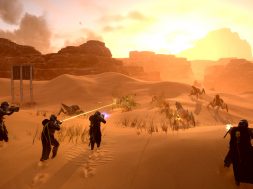



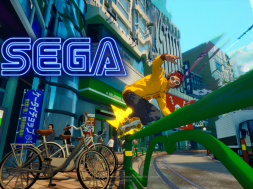



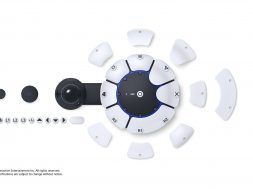

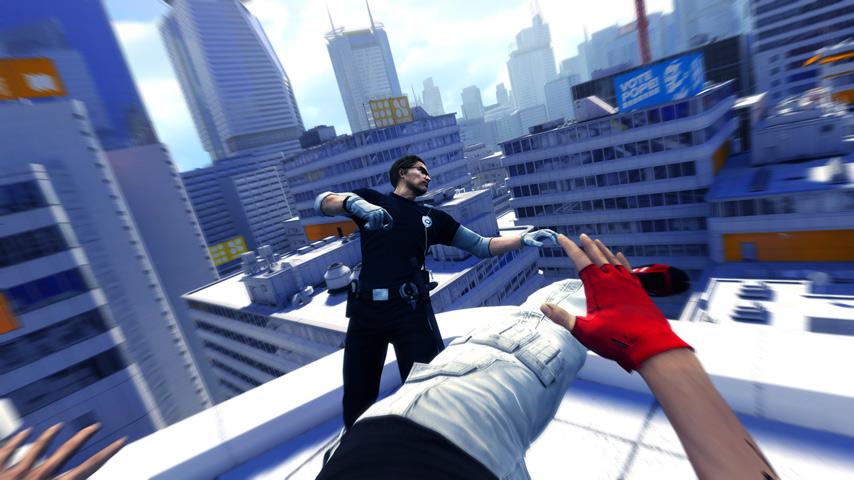
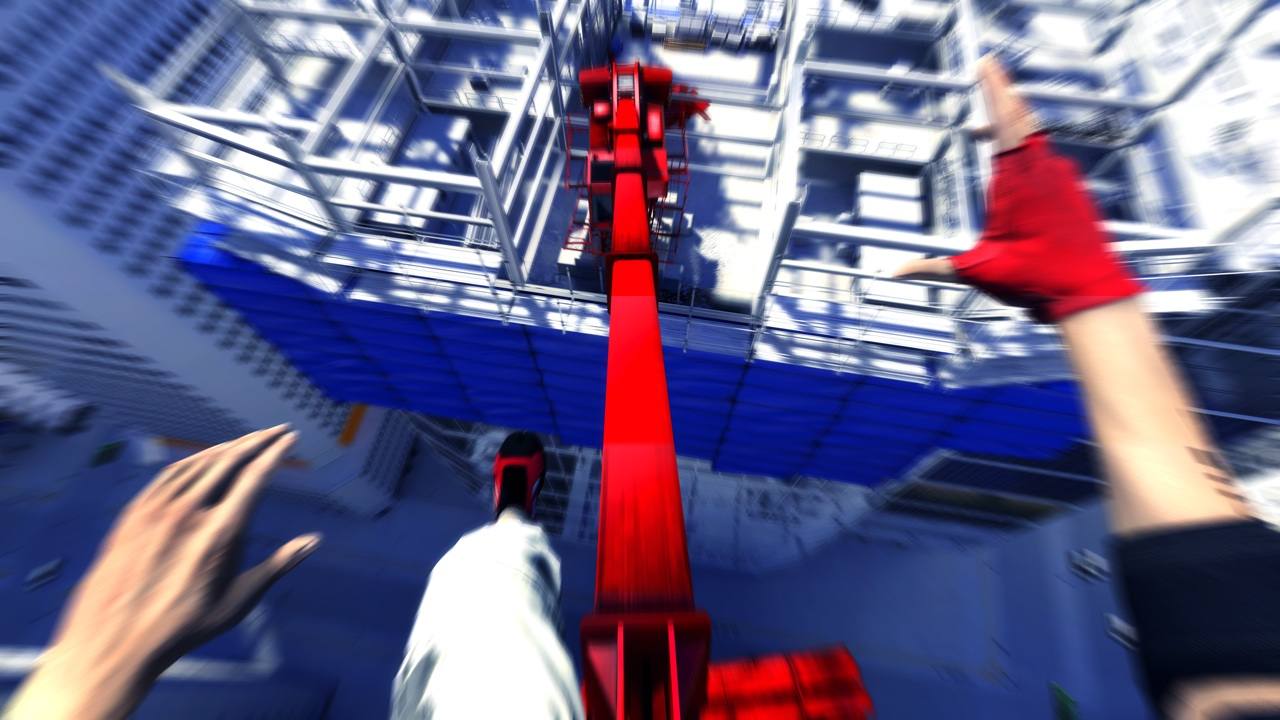
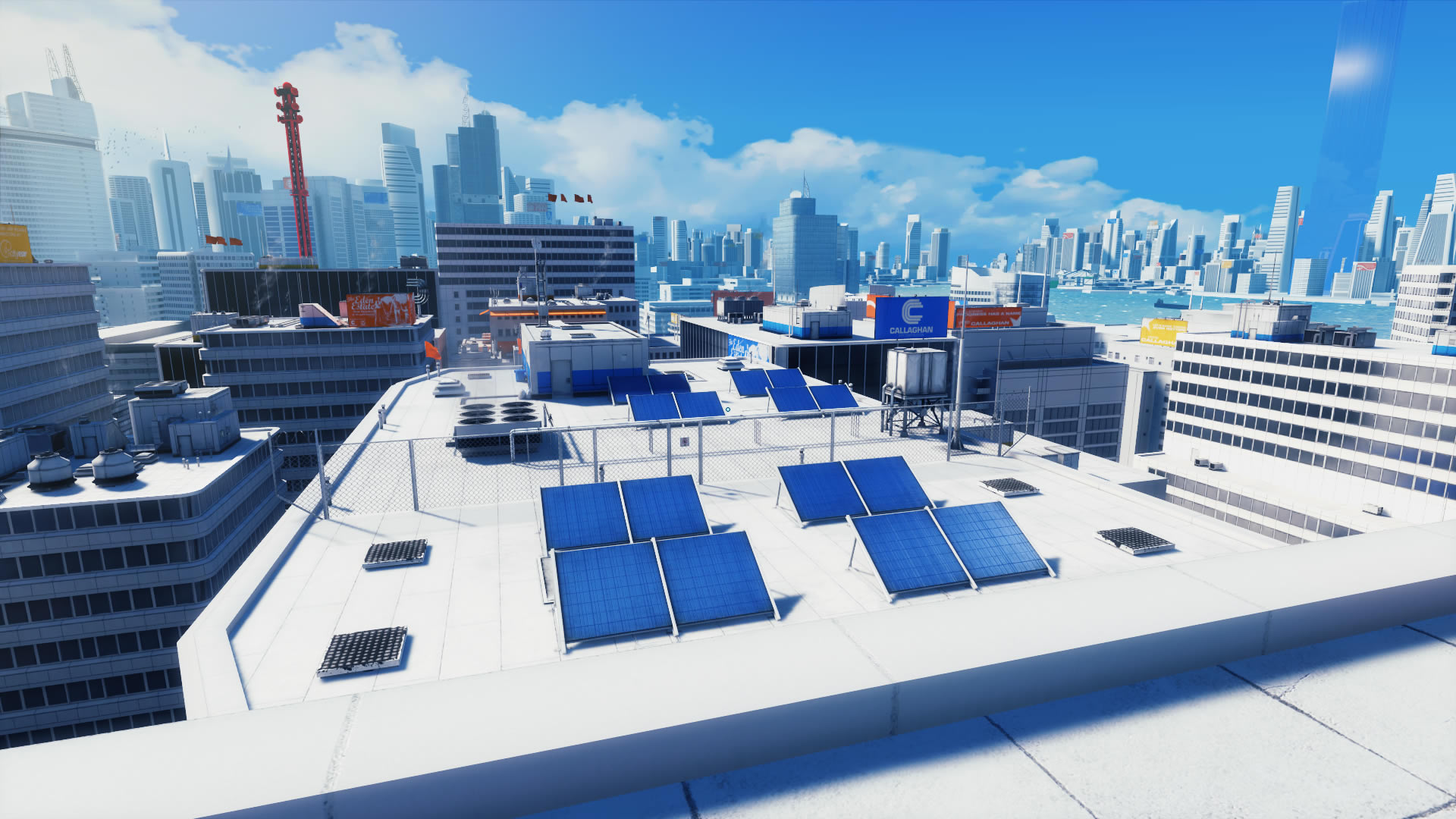
I haven’t played Mirrors Edge but I’m eagerly awaiting Catalyst. I like the parkour element and the setting is pleasing to the eye. I may download the original if it becomes available on the Xbox Store through the backwards compatibility feature.